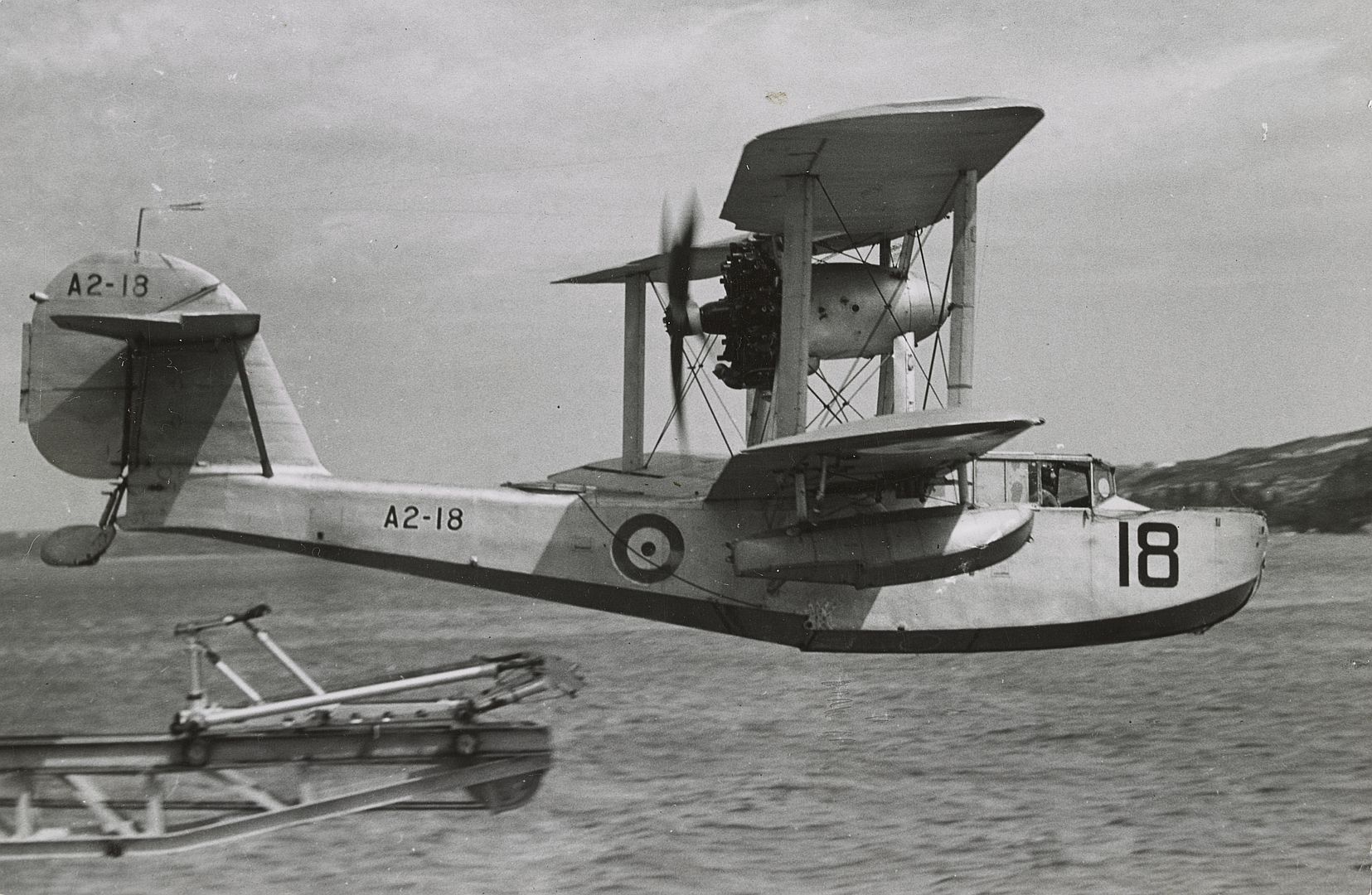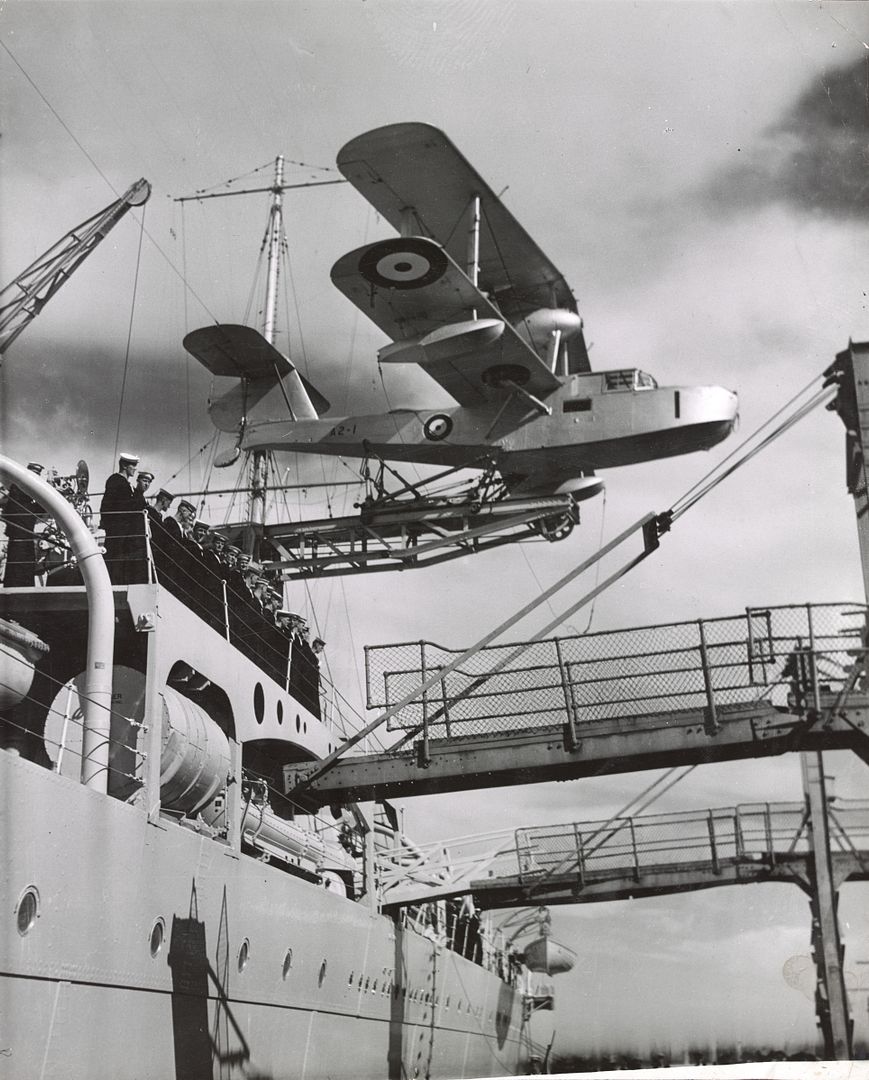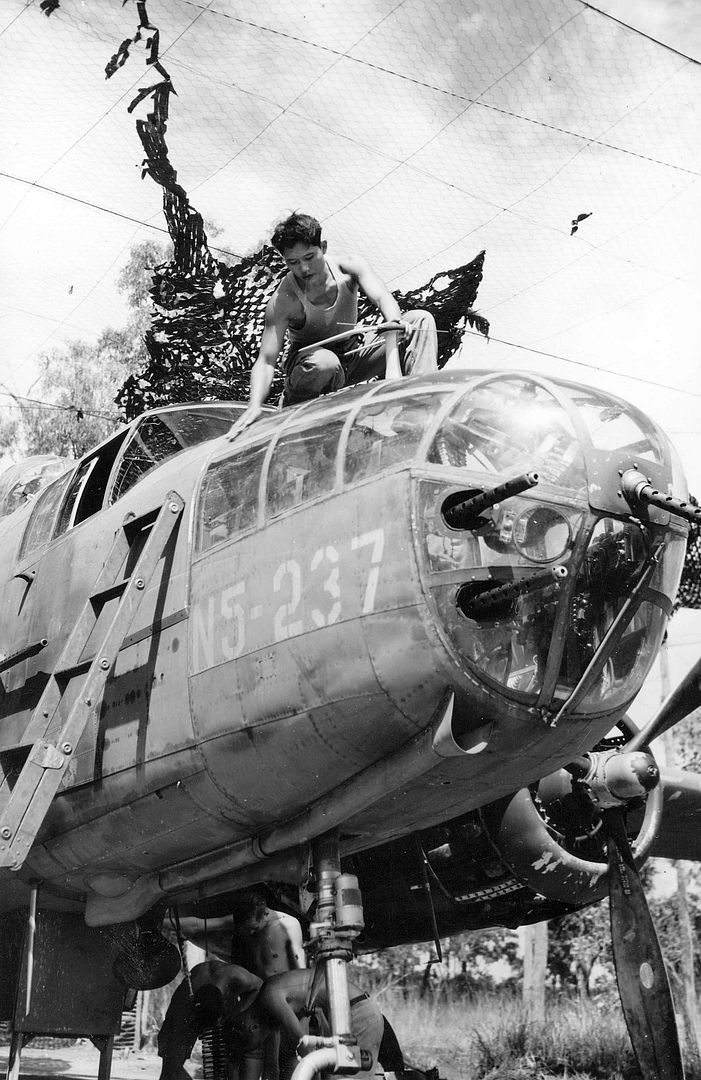Forums
- Forums
- Axis And Allies Forum
- General Discussion
- Photo of the week
Photo of the week
Post a reply
- Go to Next topic
- Go to Welcome
- Go to Introduce Yourself
- Go to General Discussion
- Go to Screenshots, Images and Videos
- Go to Off topic
- Go to Works in Progress
- Go to Skinning Tips / Tutorials
- Go to Skin Requests
- Go to IJAAF Library
- Go to Luftwaffe Library
- Go to RAF Library
- Go to USAAF / USN Library
- Go to Misc Library
- Go to The Ops Room
- Go to Made in Germany
- Go to Campaigns and Missions
- Go to Works in Progress
- Go to Juri's Air-Raid Shelter
- Go to Campaigns and Missions
- Go to Works in Progress
- Go to Skinpacks
- Go to External Projects Discussion
- Go to Books & Resources
-
 Main AdminThis midweeks photos.
Main AdminThis midweeks photos.
Sweden acquired three Harts in 1932. At the same time license was purchased for series production in Sweden by ASJA, Götaverken and CFM. 42 machines were produced in total. In Swedish service the aircraft received a military designation B 4 and was primarily used as a dive bomber.
All Swedish B 4 Harts were powered by radial engines, which resulted in an angular, less elegant appearance than their British Kestrel-engined counterparts. The three Hawker manufactured Harts (B 4) were fitted with Bristol Mercury VII engines of 580 hp. Aircraft produced in Sweden used the similar license-built Nohab Mercury VIIA engine and designated B 4A. There were also two Swedish-produced machines powered by Bristol Perseus XI engines of 755 hp with the designation B 4B.

-
 Main AdminThis weekends photos.
Main AdminThis weekends photos.
In 1934 the Royal Australian Air Force (RAAF) ordered 24 Seagull V’s and they were delivered during 1935-37 and operated by 5 Squadron (later 9 Squadron, located at RAAF base Rathmines, as of 1 January 1939). In accordance with pre-WW II Australian procedures only the RAAF was permitted to operate service aircraft thus aircraft for use in the heavy cruisers HMA Ships Australia and Canberra and the light cruisers HMA Ships Hobart, Perth and Sydney were operated by the RAAF. The pilot and maintenance personnel (normally six men that also included a photographer) were also supplied by the RAAF but the observer (navigator) and telegraphist air gunner were naval personnel. The Seagull V / Walrus was known colloquially throughout the RAN as the ‘Pusser’s Duck’.



-
 Main AdminThis weekends extra.
Main AdminThis weekends extra.
A colour shot of a Warwick C Mk III or Vickers Type 460 –; transport version. It had a pannier-like extension below the central fuselage, the normal loaded weight being raised to 45,000 lb (20,400 kg). It could carry 24 equipped troops or eight to 10 passengers in the VIP version. No armament was carried; 100 built. circa 1944.
-
 Main AdminThis midweeks photos.
Main AdminThis midweeks photos.
No. 18 (NEI) Squadron was formed at RAAF Station Canberra on 4 April 1942, under the operational command of the Royal Australian Air Force's No. 79 Wing. Like the other two joint Australian-Dutch squadrons – Nos. 119 and 120 Squadrons – the Dutch authorities provided No. 18 Squadron's pilots and aircraft, which had been obtained from the United States via the Lend Lease program. The majority of the aircrew were Dutchmen who had been evacuated from the Netherlands East Indies after the Japanese invasion, while most of the groundcrew were Australian. Unlike the other two squadrons, however, the RAAF also provided many aircrew to the squadron: on formation there was a total of 242 Dutch and Javanese personnel and 266 Australian personnel; all aircraft were captained by a Dutch officer, while the remaining aircrew positions were filled by a mixture of Dutch and Australian personnel.The squadron was commanded overall by a Dutch officer throughout the war; but the unique situation of having Dutch and Australian members meant that Dutch personnel were administered under Dutch regulations, while the Australian component was administered and commanded separately by an Australian officer of the rank of squadron leader. The squadron's aircraft were painted with Dutch flags, instead of RAAF markings.
No. 18 (NEI) Squadron received its first five B-25 Mitchell medium bombers in April 1942. These aircraft were used for both training and anti-submarine patrols. While the squadron briefly operated 10 A-20 Havoc light bombers in early 1942, it was fully equipped with 18 B-25s by 21 September 1942, following what was wrongly believed to have been a successful attack by one of the squadron's Mitchells, piloted by Captain Guus Winckel, on a Japanese submarine off the New South Wales coast near Moruya in June.
On 4 December 1942, No. 18 (NEI) Squadron deployed to a partially constructed MacDonald Airfield in the Northern Territory to operate in the North Western Area. After a period of further training, the squadron began flying operational missions in early January 1943 and was primarily tasked with reconnaissance flights and raids on Japanese ships and bases in the occupied NEI, focusing on East Timor, and on Tanimbar and Kai Island. While the squadron suffered considerable casualties in these raids, it did not receive any replacement crews until September 1943 when new and more heavily armed B-25s were delivered along with fresh crews who had been trained at a Dutch flying school in the United States.
No. 18 (NEI) Squadron relocated from MacDonald to Batchelor in May 1943. As the Japanese presence in the eastern NEI declined, the Dutch authorities requested that No. 18 (NEI) Squadron be re-equipped with longer ranged B-24 Liberator heavy bombers, but was declined and the squadron continued to operate B-25s. Throughout 1943, the squadron undertook further reconnaissance missions and attacks on Japanese shipping around the NEI, before shifting focus in November 1943 and March 1944 upon Japanese supply routes to north-eastern Papua New Guinea, during which the squadron sank over 25,000 tons of Japanese shipping. Part of the squadron was detached to Exmouth, Western Australia in March 1944, in response to Allied intelligence that a Japanese attack on Fremantle or Perth was likely, but it returned to Batchelor shortly afterwards after which the squadron attacked targets in the NEI for the remainder of the year, focusing especially on Japanese airfields. Anti-shipping attacks were also undertaken, and on one raid around Tioor Island on 23 June, the squadron's commanding officer, Lieutenant Colonel E.J.G. Te Roller, was killed.
In February 1945, part of the squadron was moved to New Britain, where it was based at Jacquinot Bay, as part of a plan to relocate the entire squadron.In April, the squadron took part in an attack that damaged the Japanese cruiser Isuzu north of Sumbawa. The detachment on New Britain was moved to Morotai Island in June after the plan to move the squadron to New Britain was reversed following Dutch appeals to be sent to the NEI instead. The following month, the whole squadron was relocated to Balikpapan in Borneo, which had recently been liberated following the Battle of Balikpapan. After arriving at Balikpapan the squadron's main task was to drop propaganda leaflets and locate and drop supplies to Allied personnel in prison camps throughout the NEI. It also provided support to an Australian amphibious landing on Makassar in late September 1945, after the conclusion of hostilities with Japan. During World War II, No. 18 (NEI) Squadron flew over 900 operation sorties; 102 airmen were killed, including 25 Australians.

-
 Main Admin
Main Admin -
 Main AdminThis weekends extra.
Main AdminThis weekends extra.
Ju 88 G-6, W.Nr. 623211 with the call letters C9+AR was assigned to the 5.Staffel of Nachtjagdgeschwader 5. The aircraft was equipped with the most modern radar available at that time. It had the FuG-218 V/R "Neptune", FuG -217 R, FuG- 15, FuG -10, FuG- 6 and FuG- 101. Since the aircraft was also used in the night ground attack role against enemy ground troops it had the factory applied RLM 75/76 camouflage painted over with dark green colors. The aircraft also had ETC bomb racks. Further armament consisted of 4 MG 151 in the nose and two MG 151 "Schräge Musik" firing upward in the rear fuselage.
On April 30.1945 at 01:30 hours this aircraft took off with an unusual crew. On board was the commander of 8./NJG 5 Hauptmann Hopf, as well as Oberleutnant Dressler also from 8./NJG 5 and Oberleutnant Erhard of 10./ NJG 11. The wives of Hopf and Dressler as well as Hopf's six year old daughter were also on board. Their destination was neutral Switzerland. At 05:15 hours Hauptmann Hopf was able to land safely at Dübendorf airport.
The aircraft was "improved" during the summer of 1945 by the Swiss air force. The black markings on the fuselage and the tail were painted over in white. The W. Nr. was also painted over. Later the aircraft received Swiss markings. On 25. September 1949 the aircraft had its last public viewing and shortly thereafter it became a victim of the welding torch.
-
 Main AdminThis midweeks photo.
Main AdminThis midweeks photo.
And a nice shot of "Queenie" a Lancaster Mk I, who flew under the Sydney Harbour Bridge, and still holds the record as the largest aircraft to do so.
Ex ED930.
Named Queenie VI but affectionately known just as "Queenie", ED930 departed UK for Australia on 22/05/43.
Routed via: 22/05/43 Prestwick - Montreal (15:45 hr), 24/05/43 Montreal - Toronto (02:20), 27/05/43 Toronto - San Francisco (13:10), 30/05/43 San Francisco - Honolulu (13:00), 31/05/43 Honolulu - Palmyra Is (9:45), 31/05/43 Palmyra Is - Canton Is (4:50), 01/06/43 Canton Is - Nandi (6:40), 03/06/43 Nandi - Amberley (8:40), Total Fight Time 74:10 hr.
6/06/43 Received 1AD ex UK
9/06/43 Issued New Zealand ex 1AD (Flight time 7 hours 37 minutes)
20/06/43 Received 1AD ex-NZ (Flight time 8 hours 29 minutes)
24/06/43 Renumbered A66-1
15/08/43 and 5/10/43 status cards states "On tour" referring to War Bonds tour around Australia
22/10/43 Queenie flew under the Sydney Harbour Bridge. (Pilot FLT LT Peter Isaacson) Still holds the record as the largest aircraft to do so.
Crashed 26/10/43, Evans Head. The a/c suffered a wind change when landing and ran off the end and ended up in a ditch severely damaged. Repairs needed 10 crates of parts to be sent from Canada and took until 4/04/44. Initially thought to be a write-off, it turned out to be the biggest field service repair in RAAF history.
It did about 500 hours flying after the repairs, including converting all the DAP test pilots and 52 Qantas pilots for the Lancastrian operations which began in 1945.
Flown from 1 OTU East Sale to 7 OTU Tocumwal 08/08/45.
To 7AD 14/01/46 for storage.
Approval given for conversion to instructional airframe 15/10/46.
To Care and Maintenance at Tocumwal for conversion 12/11/46.
To 1 OTU East Sale 04/08/47.
Approved for conversion to components 07/06/48.
Considering Queenie had no war service it was sold for scrap to a dealer in Maffra Vic. in 1948. -
2 years agoFri Jan 20 2023, 11:28pmDuggy
 Main Admin
Main Admin -
 Main Admin
Main Admin -
 Main AdminThis midweeks photo.
Main AdminThis midweeks photo.
The prototype for the F3B-1 fighter was the XF3B-1 (Model 74), but after Navy tests, the Model 74 was sent back to the factory and rebuilt as the F3B-1 (Model 77), with completely redesigned landing gear, wings, and tail unit. It could be used either with landing gear or with a single float. The F3B-1's ailerons and tail surfaces used an entirely new method of semimonocoque, all-metal construction in which added stiffness was provided by a corrugated covering. In this type of construction, a metal skin is stretched over a light frame. Semimonocoque construction proved so satisfactory that it was used for all subsequent Boeing biplane fighters. In all other respects, the F3B-1 was a conventional design with a metal tubular frame, built-up wood wing spars and plywood ribs, and a fabric covering.
Post a reply
- Go to Next topic
- Go to Welcome
- Go to Introduce Yourself
- Go to General Discussion
- Go to Screenshots, Images and Videos
- Go to Off topic
- Go to Works in Progress
- Go to Skinning Tips / Tutorials
- Go to Skin Requests
- Go to IJAAF Library
- Go to Luftwaffe Library
- Go to RAF Library
- Go to USAAF / USN Library
- Go to Misc Library
- Go to The Ops Room
- Go to Made in Germany
- Go to Campaigns and Missions
- Go to Works in Progress
- Go to Juri's Air-Raid Shelter
- Go to Campaigns and Missions
- Go to Works in Progress
- Go to Skinpacks
- Go to External Projects Discussion
- Go to Books & Resources








